There was a time when wearing a shamrock could get you jailed, or worse. Today the little pots of shamrocks, the symbol of both St. Patrick and Ireland, that show up in nurseries and elsewhere are a welcome sign of spring and a reminder that on March 17, everyone can claim to be Irish.
In that same gesture of inclusiveness, the shamrocks for sale might be one of any number of plants that may lay claim to the title. Most likely you’ll find one of two perennials, wood sorrel and white clover, both of which you can continue to grow as houseplants even after the celebrating is over. Even the third likely contender,
Medicago lupulina, although an annual, will continue to grow into summer. So grab a shamrock and celebrate the growing of the green.
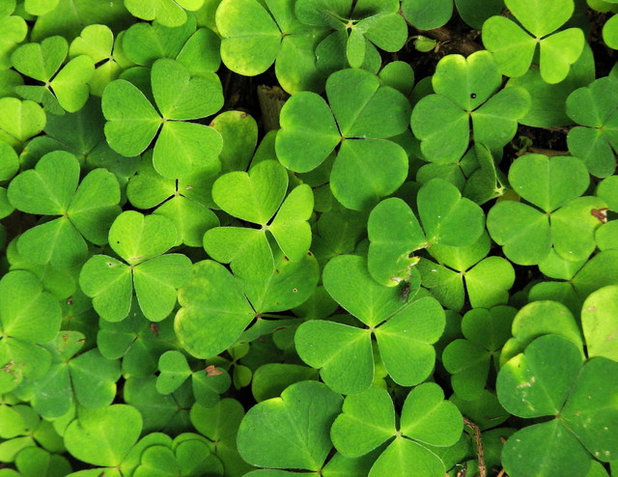
Legend says that St. Patrick used the shamrock to teach the story of the Holy Trinity, while songs and stories from the Irish Rebellion of 1798 claim that wearing a shamrock during that time would get you jailed or even hanged by the British forces. Now anyone can proudly display some green with homegrown shamrocks.
Photo by Oona Räisänen
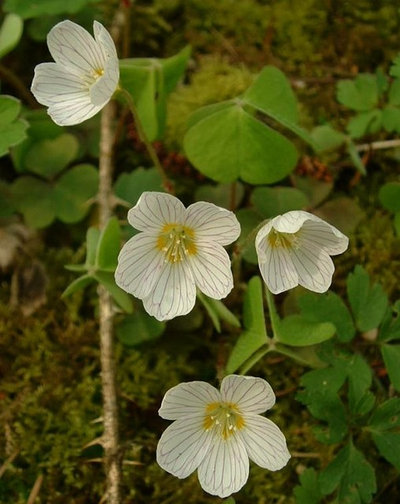 Wood Sorrel
Wood SorrelIf you want a green and white shamrock as a houseplant, members of the oxalis family, commonly known as wood sorrel, are a good choice. You’ll usually find
Oxalis acetosella or O. regnellii, both of which have white flowers. The wood sorrels are happy in bright but indirect light and with temperatures ranging between 55 degrees Fahrenheit (13 degrees Celsius) at night up to around 75 degrees Fahrenheit (24 degrees Celsius) during the day. Keep the soil moist but not overly wet and avoid letting the plant get sunburned. You’ll be rewarded with bright green leaves (they close up or droop a bit at night) and periodic white flowers.
Wood sorrel has regular periods of dormancy. The leaves will die off, and you’ll be left with a pot of brown leaves and soil. When that happens, stop watering and put it in a cool, dark place. When new growth emerges, start watering again and bring it into a brighter spot. This is also the time to either repot or simply refresh the soil, as it likes to be a bit potbound, and to divide the rhizomes for more plants.
Caution: Oxalis can be mildly to moderately poisonous for cats and dogs. If your pet likes to chew on plant leaves, keep this one out of reach.
Photo by Jeffdelonge
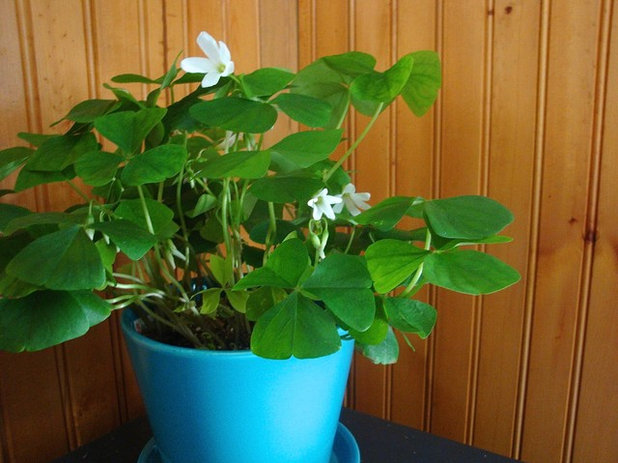 Shown:
Shown: Wood sorrel (
Oxalis regnellii)
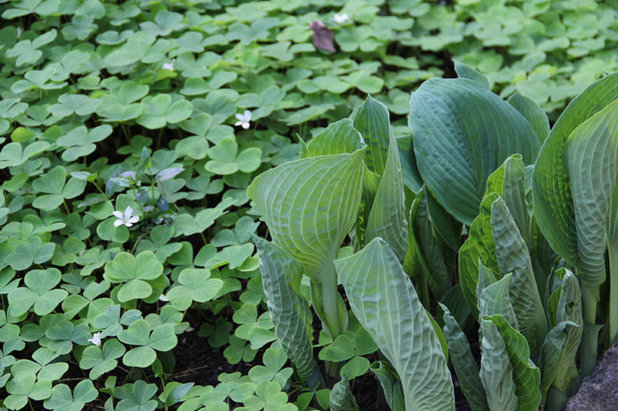
Bliss Garden Design
You can grow wood sorrel outdoors in partial shade, but do so with caution. It can take over a space, but on the other hand, the dormant periods will result in bare spots in your landscape. It will also need to be dug up and stored after the first frost in cold-winter climates.
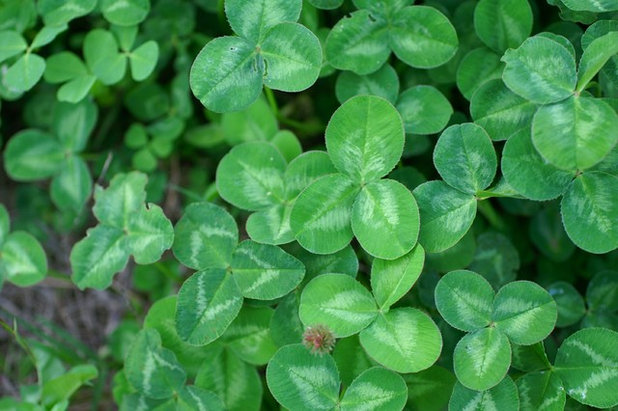 White Clover
White CloverA true three-leafed (and occasionally four-leafed) clover, white clover (
Trifolium repens, or
T. r. minus)
probably edges out most of the other contenders for the title of “real” shamrock, but not by much. It’s also the more commonly sold potted shamrock in March, but again, not by much. Its white flowers are a great contrast to the leaves.
Photo by Harry Rose
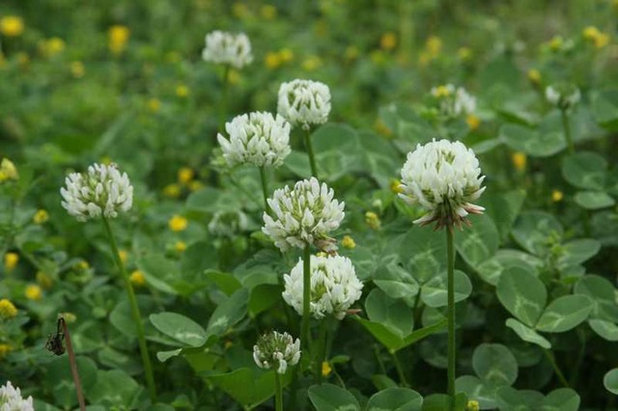
Missouri Botanical Garden
As a houseplant, white clover prefers bright, indirect light, moist but not overly damp soil and the same temperature range as wood sorrel — 55 degrees Fahrenheit (13 degrees Celsius) at night up to around 75 degrees Fahrenheit (24 degrees Celsius) during the day.
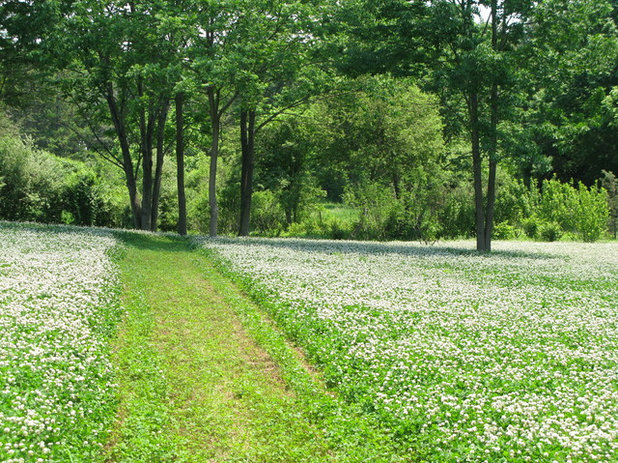
Natalie DeNormandie
White clover can be used as a landscape plant as well, either mixed in with lawn grasses or as a ground cover in a somewhat shady spot. However, it can become invasive under its preferred conditions outdoors.
More: More guides to growing houseplants
Give Your Lawn a Taste of the Wild





